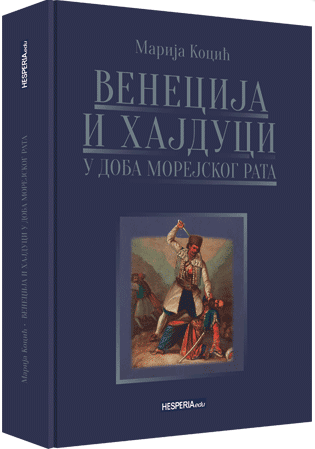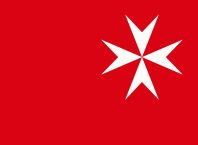The author of the capital work “Orientalization of the material culture in the Balkans”, dr Marija Kocić, has produced a new book – “Venice and Hajduks during Morean War”, an encompassing study and exciting story of Mediterranean in this historical epoch. This book has been published by Hesperiaedu together with Scientific Society for the History of Helath Culture.
Marija Kocić puts into focus the role and significance of organized brigandage during turbulent times of war at the Ottoman, Venetian and Ragusan border. Hajduks took an active part in these events and have influenced the development and historical trends on a much wider scale then their immediate habitat. Some of them achieved great renown by bravery, trickery and diplomatic acumen, while some were not so fortunate. By maintaining balance between three Great Powers, between foreign and domestic interests, aspirations and desires, Hajduks, such as Stojan Janković or Bajo Nikolić Pivljanin have left a deep mark in written and oral history, as well as collective memory.
EXCERPT FROM REVIEWS
Cretan (1645–1669) and Morean (1684–1699) Wars were a complex chronicles of smaller, individual conflicts that reflected the drama of everyday life. A long lasting disorder on borders has left a lasting imprint on frontier communities, it caused migrations, enforced adjustments, shaped living conditions, economy and mentalities.
The historical development of Vlach movement led to the appearance of renowned personalities. At that time Hajduks emerged. By crossing the borders of Ottoman Empire and Venice, as well as the boundaries of the law, with impunity, Hajduks played a significant role in Cretan and Morean Wars.
Prof. dr Nikola Samardžić





